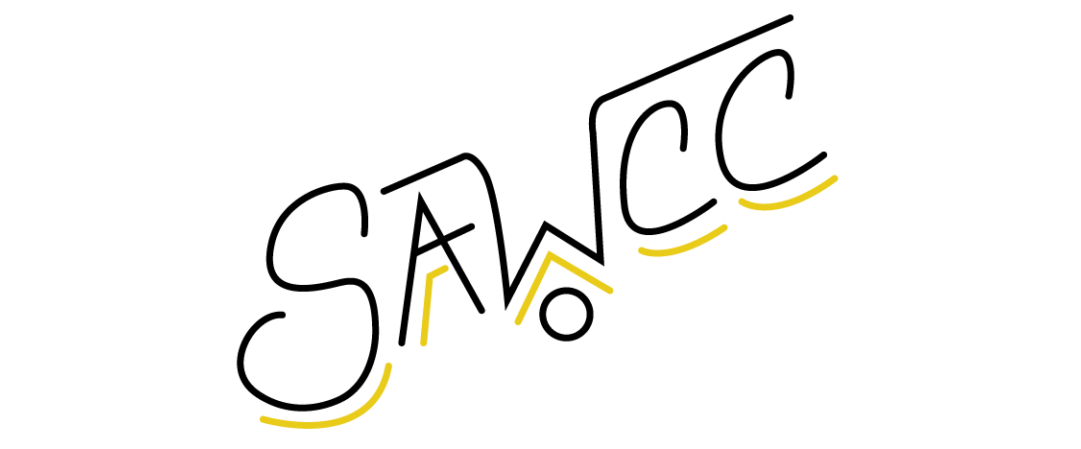SAWCC’s 13th Annual Visual Arts Exhibition
Thursday, December 23, 2010–Thursday, January 6, 2011
Opening Reception: Thursday, December 23, 6-8pm
Closing Reception & Curator’s Talk: Tuesday, January 4, 6-8pm
@Â Aicon Gallery
35 Great Jones Street
New York, New York 10025
Curated by Christopher Y. Lew
Featuring Armita Raafat, Mariam Ghani, Meena Hasan, Marcy Chevali, Mona Kamal, Smruthi Gargi Eswar, Nazneen Ayyub-Wood, and Divya Mehra.
The South Asian Women’s Creative Collective, in collaboration with AICON Gallery New York, is pleased to present SAWCC’s Annual Visual Arts Exhibition left curated by Christopher Y. Lew. In contextualizing the work, Lew interprets the idea of “left†as an epilogue to an exhibition that never was. The featured artists draw from a range of sources, including their own biographies and personal histories, the social realities of the digital era, and the various mediums they chose to utilize, all without nostalgia, melodrama, or sentiment. It is a steady and frank examination of the past that allows for a direct and unguarded dialogue with histories of various lengths and scales.
Featured Artists:
Armita Raafat’s sculptures and installations are inspired by Persian and Islamic architecture. While these structures are maintained to a degree that masks their age, Raafat’s works seem to emerge from the gallery walls and floors like newly discovered ruins. For the artist, the works speak of a distant homeland and to a sense of splendor that is also marked by strife and conflict.
Exploring more recent affronts to architecture, Mariam Ghani’s 2009 video Going, Going, Gone depicts residential and commercial real estate in New York that has been foreclosed, abandoned, or left otherwise derelict. The accompanying soundtrack overlays numerous news reports to emulate the quick scanning of a radio dial. The cacophony of disastrous announcements produces an overwhelming and anxious atmosphere without any sense of improvement or resolution.
In her recent drawings, Meena Hasan makes repeating marks that resemble bird’s feathers and snake’s scales to create abstract compositions in which the build-up of shapes alludes to the work’s construction through accumulation. Utilizing ink, and sometimes charcoal and silver leaf, the drawings have a meditative and tactile quality, suggestive of textile patterns or microscopic imagery of cells and organic growth.
Marcy Chevali’s installation of mohair softly and quietly divides and reorganizes space. Lines of yarn cascade from the ceiling down to the floor and spread horizontally towards the walls like a pooling liquid. Often created with white or subtly-colored yarn, Chevali’s works suggest an ephemeral presence, an object or environment that is formed through its very undoing.
In her sculptures and installations, Mona Kamal often incorporates copies of letters that her great-grandfather had written in the 1950s to his son. While the letters, written in Urdu and English, are legible, they represent a correspondence that has been obscured through incorporation into physical structures and architecture, conveying a fragmented, rather than comprehensive, understanding.
Likewise, Smruthi Gargi Eswar’s photographs of her grandparents attempt to reach back to another generation. Her small-scale images of the everyday, generally revolving around the kitchen and cooking, create an intimate portrait of two individuals. Her subtle photographs depict the neatly stored stainless steel cookware, her grandmother seated in the living room, and her grandfather lounging with the newspaper, suggesting an old familiarity with people and things.
Nazneen Ayyub-Wood’s photographs extend the documentary mode into the realm of the fantastic. For what she calls a “living project,†the artist spent a total of one month’s time over the course of four years in London and New York, living as a “cat-human.†In this long-duration performance, Ayyub-Wood attempts to connect Islam’s positive view of cats with Muslim garb such as the hijab. Ayyub-Wood’s 2003–06 photographic installation, The Cat Project, consists of a grid of 286 digital prints of the artist-as-cat in various urban locales.
Known for tackling difficult subjects through the use of humor, Divya Mehra subverts Facebook’s blue and white logo to suggest an adversarial logic. Her 2010 text piece, The catalyst for change so often in history is War, issues the direct statement, “I don’t want to be friends.†By reversing the tallies of friendship through social networking, Mehra speaks of the universal and shared legacies of conflict, aggression, and division.
